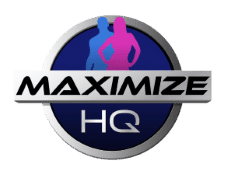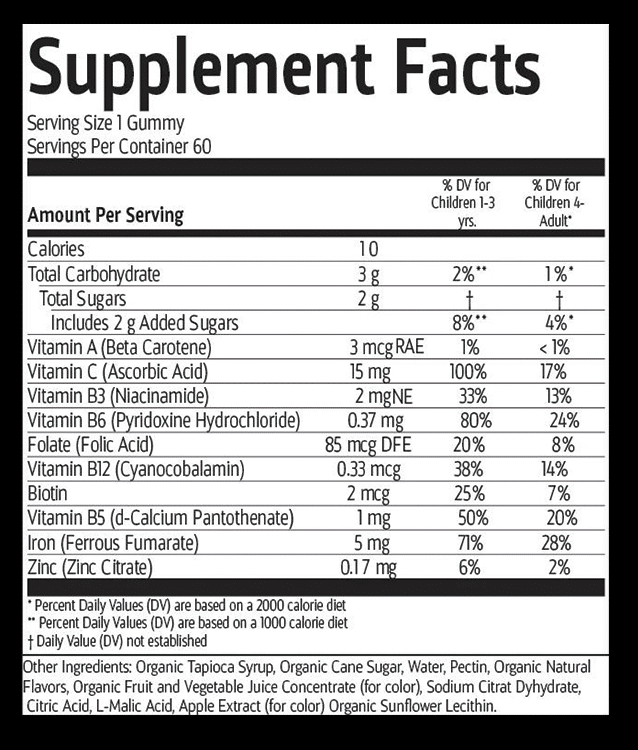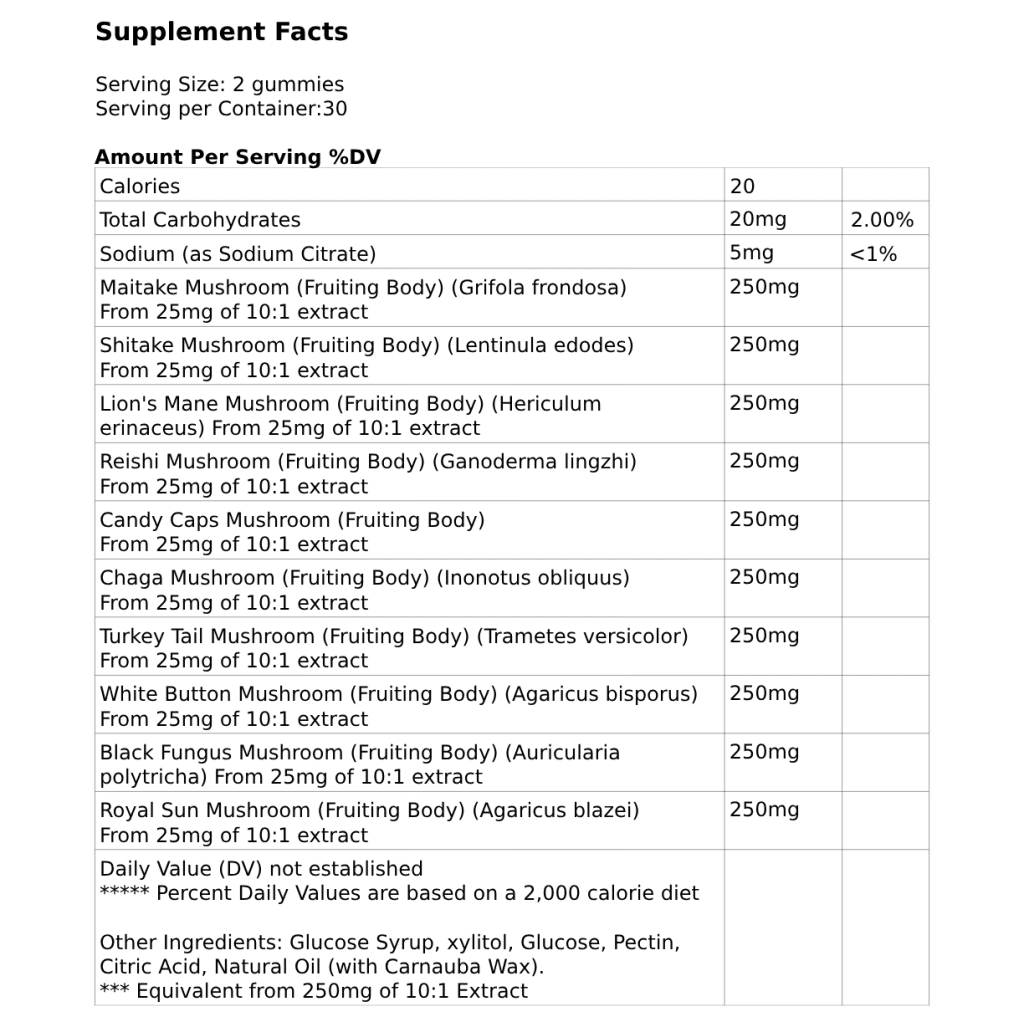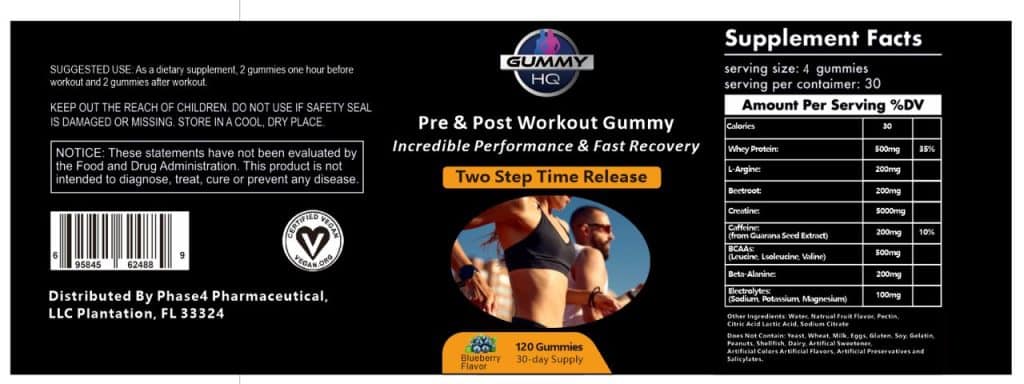Human growth hormone (HGH) is a natural hormone produced and released by the anterior pituitary gland. It is a peptide hormone that stimulates growth, cell production, and tissue regeneration in humans and other vertebrates. It also plays a role in metabolism, muscle and bone growth, strength, exercise performance, and recovery from injury and disease.
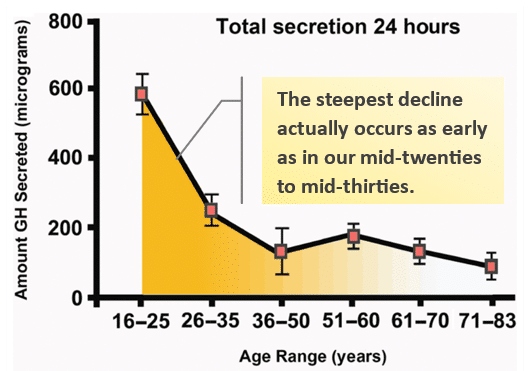
Figure 1: Age-dependent decrease in GH secretion during 24 hours. (Wilkinson 2018)

… percentage by which our natural GH production declines as we age.
Research has come a long way from Dr. Maurice Raben’s first successful extraction of HGH from a cadaver in 1958 (Raben 1957) to today’s recombinant human growth hormone (rHGH) preparations in the form of injections and somatropin patches.
While healthcare providers use the pluripotent peptide hormone primarily to treat very specific health conditions such as growth hormone deficiency, short stature, muscle wasting, and osteoporosis, there is an accelerating trend towards the off-label use of growth hormone and growth hormone secretagogues for both medical and non-medical purposes among open-minded medical practitioners, members of the anti-aging community, and recreational and professional athletes alike.
Today’s first in a series of blog posts on topics related to our product portfolio will discuss the many benefits that the strategic, rational, and medically appropriate use of human growth hormone (HGH) and GH-specific secretagogues has to offer both the athlete constantly seeking that competitive edge that separates the gold medalist from the runner-up, and the average person seeking to regain control over the negative manifestations of their biological aging process.
HGH and Aging
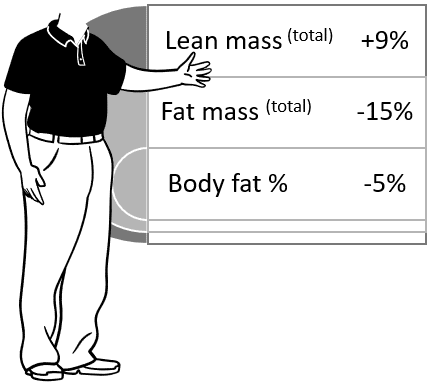
Figure 2: One of the landmark papers by Rudman et al. reports significant improvements in body composition in 6-month study in twenty-one 61-81 year-old men on low-dose human growth hormone.
As we age, our natural production of HGH declines. This can lead to various signs of aging, such as loss of muscle mass, bone density, skin elasticity, decreased cognitive function and muscle growth, and a weakened immune system. Some people may also experience increased body fat, especially around the abdomen, and decreased energy levels. (Rudman 1990; Corpas 1993)
Growth Hormone and Physical Function
Studies have shown, however, that supplementation with synthetic HGH can reverse some of these age-related changes. For example, in his 2013 meta-analysis, “Growth Hormone in the Aging Male,” Fred A. Sattler compiled a list of ten studies that all reported significant improvements in bone density, or strength in men between the ages of 60 and 85. (Sattler 2013) With an average lean body mass increase of 3.75 kg over 6 months, and concomitant decreases in body fat, as well as relevant improvements in muscle and bone strength, the ten highly heterogeneous studies clearly support the hypothesis that restoring youthful levels of human growth hormone can partially reverse some of the pathological physiological effects of aging.
Cognition and psychological well-being
Given the presence of growth hormone receptors in the brain, particularly in areas important for cognition (Nyberg 2013), it is not surprising that even a partial reversal of age-related HGH decline with GHRH analogues has been shown to have anti-aging effects on the brain. (Vitiello 2005; Baker 2012) Similar benefits can be expected from the more specifically targeted growth hormone secretagogues (GHS), such as ipamorelin and CJC-1295 in the Maximize HGH Booster Skin Patch, which have been shown to which are able to restore optimal pulsatile GH secretion. (Smith 2023)
HGH, GHRH, GHS?
All of these acronyms denote peptides that can compensate, restore, or supercharge the somatotropic axis: HGH, the actual hormone, often referred to simply as “GH”. GHRH, the growth-hormone-releasing hormone, which stimulates the pituitary gland to secrete GH. GHS, the acronym for growth hormone secretagogues, which act similarly to GHRH but at very specific receptors on the somatotroph cells in the pituitary gland, allowing for a more selective modulation of GH secretion and increased safety.
In their 2012 study, Baker et al. (2012) observed significant improvements not only in the already cognitively impaired elderly, whose progressive cognitive decline not only slow down significantly over the 20-week treatment period, but was actually reversed. Notably, similar improvements were also observed in the 36 healthy 60-70-year-olds in the active control arm of the study. An interesting secondary finding of the Baker study should also be mentioned here: Consistent with the results of Sattler’s previously discussed paper (Sattler 2013), both healthy and cognitively impaired subjects experienced significant improvements – on average, a 7.4% reduction in body fat and a 3.7% increase in lean muscle mass. A statistically significant correlation between cognitive and physical improvements was not observed.
HGH and Athletic Performance
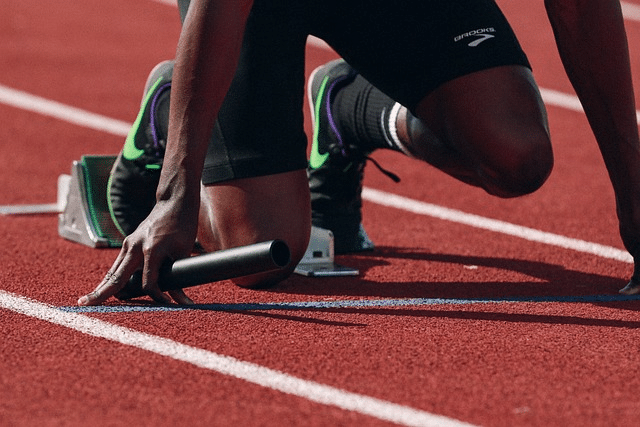
HGH is not only beneficial for aging individuals. Athletes in various sports use and abuse it to improve muscle mass, strength, power, endurance, recovery, and help with injury prevention by stimulating protein synthesis, increasing blood flow, reducing inflammation, and promoting tissue repair. (Birzniece 2011; Holt 2019)
Muscle mass and performance
One of the most notable effects of HGH treatment on athletic performance is its ability to increase muscle mass. A meta-analysis of 44 studies involving 303 predominantly male (85%), young (mean age, 27±3 years), lean and physically fit subjects found that HGH therapy increased the participants’ lean mass by an average of 2.1 kg. (Liu 2008) These results have been replicated recently by Hermanson et al (2017), who report lean mass increases of 2.86 kg and, compared to the previously cited meta-analysis by Liu et al. from 2008, a larger (1.22 vs. 0.9 kg) and, more importantly, statistically significant reduction in body fat. Notably, both, increases in lean mass and reductions in body fat were observed even in sedentary individuals, the effect was significantly more pronounced in studies with a strength / resistance training component and could be further enhanced by the provision of testosterone in both male and female athletes. (Meinhard 2010)
WADA reports that the abuse of HGH alone or in combination with testosterone is widespread among athletes competing in both strength and endurance sports such as cycling, where its popularity is largely based on anecdotal, not clinical, evidence. As Bird et al. point out in their 2015 paper this “equivocal nature of the clinical evidence” may simply be a consequence of the fact that studies probing the effects of HGH on endurance athletes “may use lower doses than those taken by sports performers and hence may not provide a true reflection of its ergogenic potential” (Bird 2016).
Injury treatment
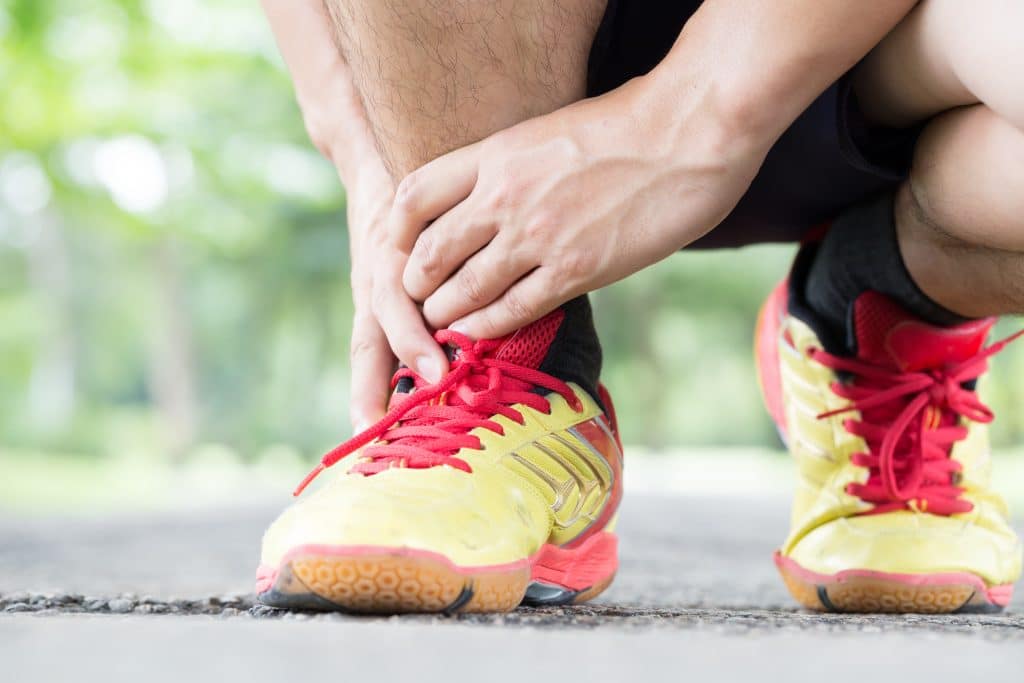
Acute injury treatment, specifically HGH’s ability to speed recovery from exercise-induced joint and muscle pain and tendon damage, is the third of the three most popular uses among athletes of all disciplines. Evidence in support of this use case comes from a 2010 double-blind, randomized, placebo-controlled crossover study in which Doessing et al. observed a 1.3-fold increase in tendon and 5.8-fold increase in muscle collagen protein synthesis in healthy young men in response to GH treatment. (Doessing 2010) Further popularizing its (ab)use by both professional and recreational athletes are related to its direct tissue regenerative effects on bone, (Maschke 2001) and its protective effects on muscle tissue during immobilization and rehabilitation, (Boesen 2013) both of which make HGH even more appealing to athletes from various sports.
With great power comes great responsibility
When used responsibly, human growth hormone (HGH) and GH secretagogues offer exciting opportunities for adults of various ages to regain their health and optimize their physique and performance. Studies investigating the anti-aging effects of HGH have consistently reported significant improvements in composition, bone density, and muscle strength in individuals between the ages of 60 and 85 (Sattler 2013), demonstrating its remarkable ability to counteract the physiological effects of aging and restore a lost sense of youthful vitality and cognitive clarity in middle age (Baker 2012).
HGH’s powerful effects on muscle composition and athletic prowess are in many ways unique and supported by studies reporting average gains of 2.1 kg in lean body mass (Liu 2008) and statistically significant reductions in body fat (Hermanson 2017) in both trained and untrained individuals. It is no wonder that growth hormone and GH secretagogues have become increasingly popular with professional and, more recently, amateur athletes seeking to optimize their physical appearance, strength, power, and overall athleticism. And, let us not forget that HGH’s ability to facilitate injury recovery and tissue repair (Doessing 2010) has undoubtedly spared numerous athletes a literally and figuratively painful premature end to their promising careers – even if, for obvious reasons, they cannot admit it.
However appealing the promise of sculpting one’s physique, regaining control over the negative manifestations of biological aging, and gaining a competitive edge may be, it should not obscure the potential side effects associated with an irresponsible (mis)use of this powerful hormone: Joint pain, sodium retention, changes in carbohydrate metabolism and thyroid function, as well as heart problems and a putative increased risk of certain cancers have all been reported in the literature. (Ho 1998; Buzzini 2007; Anderson 2018; Holt 2019). However, those who are aware of these side effects will use HGH or the less side-effect-prone secretagogues (Sigalos 2018) responsibly and, ideally, under appropriate medical supervision, thus reaping the remarkable benefits of growth hormone without suffering the downsides of abuse.
2 Ways To Reverse The Age-Related Decline Of HGH Production
We offer 2 separate and distinct transdermal skin patch products to address the natural age-related decline of HGH production. For men and women with consistent workout or exercise routines, we suggest our MaximizeHQ PowerPatch Extreme transdermal skin patch. For men and women who do not work out or exercise, we suggest our MaximizeHQ HGH Booster.
References
Baker, L.D., Barsness, S.M., Borson, S., Merriam, G.R., Friedman, S.D., Craft, S. and Vitiello, M.V., 2012. Effects of growth hormone–releasing hormone on cognitive function in healthy adults, with mild cognitive impairment and healthy older adults: results of a controlled trial. Archives of neurology, 69(11), pp.1420-1429.
Bird, S.R., Goebel, C., Burke, L.M. and Greaves, R.F., 2016. Doping in sport and exercise: anabolic, ergogenic, health and clinical issues. Annals of clinical biochemistry, 53(2), pp.196-221.
Birzniece, V., Nelson, A.E. and Ho, K.K., 2011. Growth hormone and physical performance. Trends in Endocrinology & Metabolism, 22(5), pp.171-178.
Boesen, A.P., Dideriksen, K., Couppé, C., Magnusson, S.P., Schjerling, P., Boesen, M., Kjaer, M. and Langberg, H., 2013. Tendon and skeletal muscle matrix gene expression and functional responses to immobilisation and rehabilitation in young males: effect of growth hormone administration. The Journal of physiology, 591(23), pp.6039-6052.
Buzzini, S.R., 2007. Abuse of growth hormone among young athletes. Pediatric Clinics of North America, 54(4), pp.823-843.
Corpas, E., Harman, S.M. and Blackman, M.R., 1993. Human growth hormone and human aging. Endocrine reviews, 14(1), pp.20-39.
Hermansen, K., Bengtsen, M., Kjær, M., Vestergaard, P. and Jørgensen, J.O.L., 2017. Impact of GH administration on athletic performance in healthy young adults: A systematic review and meta-analysis of placebo-controlled trials. Growth Hormone & IGF Research, 34, pp.38-44.
Ho, K.Y., Evans, W.S., Blizzard, R.M., Veldhuis, J.D., Merriam, G.R., Samojlik, E., Furlanetto, R., Rogol, A.D., Kaiser, D.L. and Thorner, M.O., 1987. Effects of sex and age on the 24-hour profile of growth hormone secretion in man: importance of endogenous estradiol concentrations. The Journal of Clinical Endocrinology & Metabolism, 64(1), pp.51-58.
Ho, K.Y., Weissberger, A.J., Stuart, M.C., Day, R.O. and Lazarus, L., 1989. The pharmacokinetics, safety and endocrine effects of authentic biosynthetic human growth hormone in normal subjects. Clinical endocrinology, 30(4), pp.335-345.
Holt, R.I. and Ho, K.K., 2019. The use and abuse of growth hormone in sports. Endocrine reviews, 40(4), pp.1163-1185.
Liu, H., Bravata, D.M., Olkin, I., Nayak, S., Roberts, B., Garber, A.M. and Hoffman, A.R., 2007. Systematic review: the safety and efficacy of growth hormone in the healthy elderly. Annals of internal medicine, 146(2), pp.104-115.
Masternak, M.M. and Bartke, A., 2012. Growth hormone, inflammation and aging. Pathobiology of Aging & Age-related Diseases, 2(1), p.17293.
Meinhardt, U., Nelson, A.E., Hansen, J.L., Birzniece, V., Clifford, D., Leung, K.C., Graham, K. and Ho, K.K., 2010. The effects of growth hormone on body composition and physical performance in recreational athletes: a randomized trial. Annals of internal medicine, 152(9), pp.568-577.
Nyberg, F. and Hallberg, M., 2013. Growth hormone and cognitive function. Nature Reviews Endocrinology, 9(6), pp.357-365.
Raben, M.S., 1957. Preparation of growth hormone from pituitaries of man and monkey. Science, 125(3253), pp.883-884.
Raschke, M., Kolbeck, S., Bail, H., Schmidmaier, G., Flyvbjerg, A., Lindner, T., Dahne, M., Roenne, I.A. and Haas, N., 2001. Homologous growth hormone accelerates healing of segmental bone defects. Bone, 29(4), pp.368-373.
Rudman, D., Feller, A.G., Nagraj, H.S., Gergans, G.A., Lalitha, P.Y., Goldberg, A.F., Schlenker, R.A., Cohn, L., Rudman, I.W. and Mattson, D.E., 1990. Effects of human growth hormone in men over 60 years old. New England Journal of Medicine, 323(1), pp.1-6.
Rudman, D., Feller, A.G., Nagraj, H.S., Gergans, G.A., Lalitha, P.Y., Goldberg, A.F., Schlenker, R.A., Cohn, L., Rudman, I.W. and Mattson, D.E., 1990. Effects of human growth hormone in men over 60 years old. New England Journal of Medicine, 323(1), pp.1-6.
Sattler, F.R., 2013. Growth hormone in the aging male. Best practice & research Clinical endocrinology & metabolism, 27(4), pp.541-555.
Sigalos, J.T. and Pastuszak, A.W., 2018. The safety and efficacy of growth hormone secretagogues. Sexual medicine reviews, 6(1), pp.45-53.
Smith, R.G. and Thorner, M.O., 2023. Growth hormone secretagogues as potential therapeutic agents to restore growth hormone secretion in older subjects to those observed in young adults. The Journals of Gerontology: Series A, 78(Supplement_1), pp.38-43.
Vitiello, M.V., Moe, K.E., Merriam, G.R., Mazzoni, G., Buchner, D.H. and Schwartz, R.S., 2006. Growth hormone releasing hormone improves the cognition of healthy older adults. Neurobiology of aging, 27(2), pp.318-323.
Wilkinson, M. and Imran, S. A. (2019) “Regulation of Growth Hormone Secretion,” in Clinical Neuroendocrinology: An Introduction. Cambridge: Cambridge University Press, pp. 134–153. doi: 10.1017/9781108149938.009.
